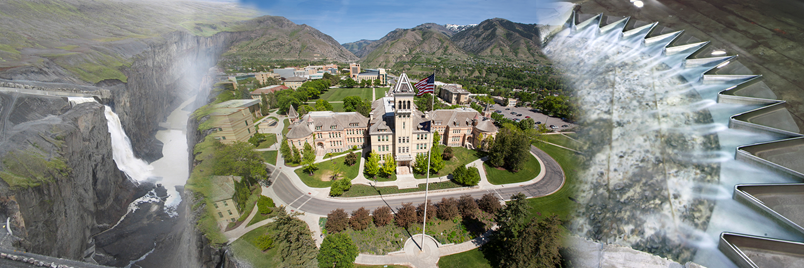Location
Denver, CO
Start Date
6-25-2019 12:00 AM
End Date
6-27-2019 12:00 AM
Description
In this study, a 1:8 scale physical hydraulic model was used to demonstrate that a novel widening ramp concept was applicable for diverting supercritical inflows for a proposed regulator chamber and also to establish design dimensions for the proposed structure to meet project goals. The following conclusions were determined from the testing. The widening ramp concept proposed for this project was able to adequately pass the full range of design inflows of 0-425 MGD without experiencing undesirable flow conditions that would produce excessive water depths while meeting the diversion goals of the project. The proposed diversion conduit could adequately pass the range of diverted discharges without affecting the hydraulic performance of the regulator chamber. The results of this study establish the potential for the widening ramp structure to be utilized for tackling other challenging supercritical flow diversion problems.
Included in
Physical Model Testing of Supercritical Flow Diversion for Combined Sewer Overflow Control
Denver, CO
In this study, a 1:8 scale physical hydraulic model was used to demonstrate that a novel widening ramp concept was applicable for diverting supercritical inflows for a proposed regulator chamber and also to establish design dimensions for the proposed structure to meet project goals. The following conclusions were determined from the testing. The widening ramp concept proposed for this project was able to adequately pass the full range of design inflows of 0-425 MGD without experiencing undesirable flow conditions that would produce excessive water depths while meeting the diversion goals of the project. The proposed diversion conduit could adequately pass the range of diverted discharges without affecting the hydraulic performance of the regulator chamber. The results of this study establish the potential for the widening ramp structure to be utilized for tackling other challenging supercritical flow diversion problems.


